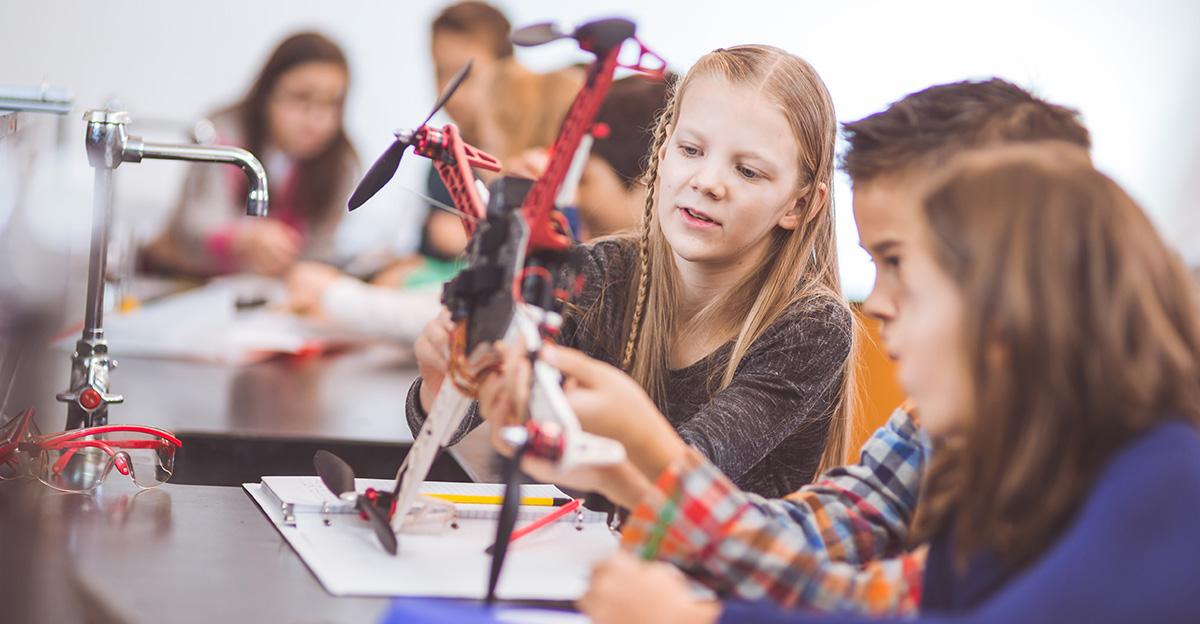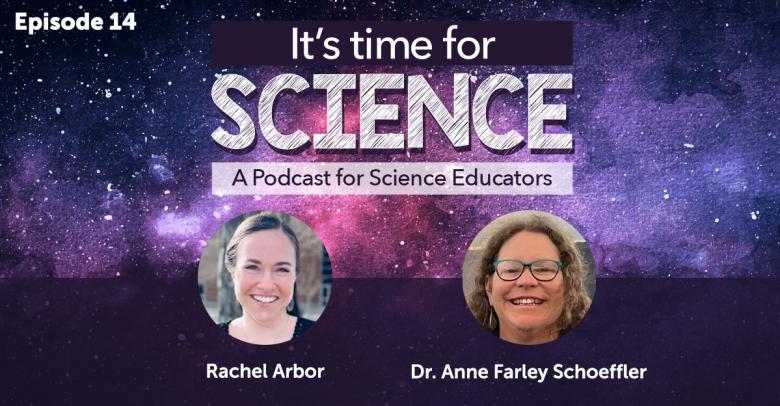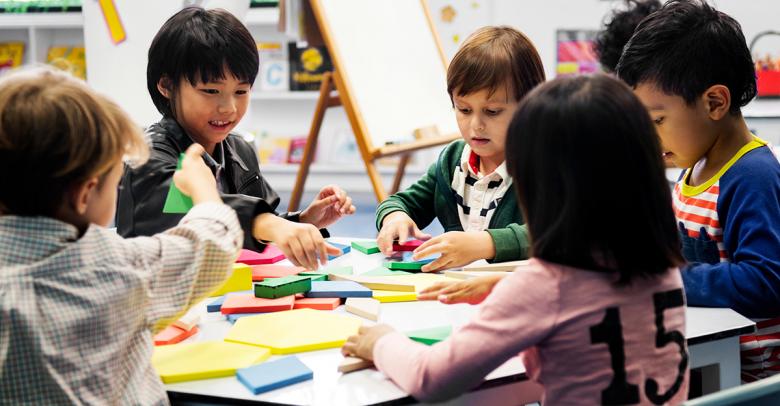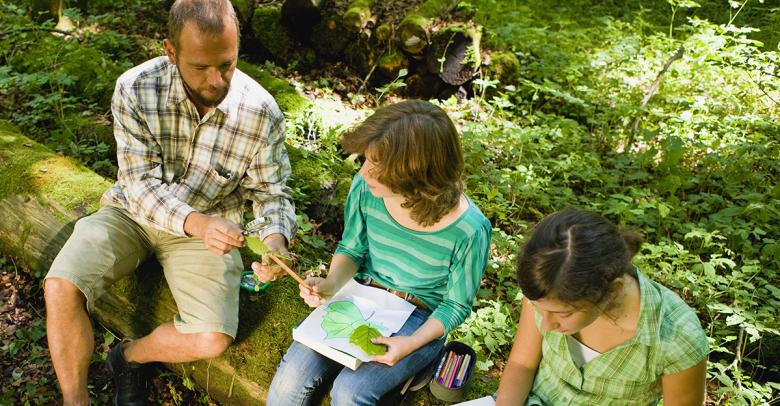Physics, or the study of matter, energy, and the interactions between them, helps us to understand the laws and rules that govern the physical world. Not every student will grow up and study physics on a deeper level, but everyone uses basic physics concepts to navigate everyday life. Here are five examples to illustrate to students how they use physics concepts every day.
Table of contents
Everyone Uses Physics in Everyday Life
Studying physics may sound overwhelming, but students are more than likely already very familiar with many of the concepts. Combatting a negative or frustrated attitude starts with giving students physics examples and ideas that will help them to feel interested and excited to learn about the “how” and “why” behind them.
5 Everyday Physics Examples to Explore
These five physics examples are a great way to get students brainstorming ways they are already using physics in everyday life.
Thermodynamics: Heat from the Stove
Heat is energy that transfers from a warmer substance to a colder one. When you use a stove, the coil, flame, or cooktop transfers heat energy to the pot or pan set on top of it. Then, the heat from the pot or pan is transferred to the food inside.
Other fun examples of the use of heat:
- Roasting melty s’mores over a fire
- Ironing flat the wrinkles out of a shirt
- Wet clothes are dried with the hot air of the dryer
Acoustics: Sound from Headphones
Small speakers in your headphones use electricity and moving magnets to create sound waves. The sound waves from the speaker bounce off your eardrums, which your brain interprets as music. Sound waves that you hear, whether they come from another person or a speaker, bounce off objects and move through the air and into your ears. Your brain uses the waves to interpret where a sound is coming from and how loud it is.
Other fun examples of sound:
- A dog barking in the distance
- A creaking door on the other side of the room
- Tapping a pen on your desk
Gravity: Ballpoint Pen
At the tip of a ballpoint pen is a ball that rolls as you push down to write on a piece of paper. There is ink inside the pen that sits on top of the ball. Gravity pulls the ink down towards the paper, and the ball rolls in the ink as you write, taking a controlled amount from inside the pen to the paper’s surface as it turns. If you were to remove the ball that holds back the ink, gravity would pull all the ink down and onto the paper in a puddle.
Other fun examples of gravity:
- You can jump over a puddle, but gravity pulls you back down
- Lake water is held in the right place by gravity’s pull
- Football players punt the ball, and gravity pulls it down for the other team to catch
Inertia: Seat Belt
When your body is moving, it takes a more powerful force to cause it to stop moving. In your car, your body is moving as quickly as the car is driving. Your seatbelt, holding you tightly to your seat, is the strong force that prevents your body from continuing to move when you hit the brakes. Without the seatbelt, a sudden stop can send you out of your seat.
Other fun examples of inertia:
- A swing has inertia towards the sky, but gravity is the stronger force that pulls it back to the ground
- You throw a bowling ball, and the pins are knocked over because they are not strong enough to stop its inertia
- A falling tree will squash anything in its way until it hits the ground (or a stronger object like a house)
Electromagnetism: Electricity from Batteries
Anything with a battery in it stores electrical energy. The car stores electrical energy in its battery that is used to start the engine and to run the electrical components of the car, like the radio. The engine uses combustion to create electrical energy that is stored in the battery to be used when it’s needed.
More fun examples of electricity:
- Twinkle lights used as decoration pass electricity from an outlet or battery through the wire to light all the little bulbs attached.
- A toaster uses electricity to create heat in the coils that toast your bread.
- An alarm clock needs a constant stream of electricity to show the correct time. When the power goes out, the alarm clock can’t do its job.
How We Use Physics on a Daily Basis
Learning about physics is more than just the black holes and stars in space—it’s the study of interactions between matter and energy. From volcanoes to the ocean’s waves, understanding each of them requires the study of physics.
Check out this TEDtalk video about the importance of studying everyday physics:
More STEM Activities & Lesson Plan Ideas
Looking for more inspiration and ideas for your Science and STEAM classroom? Stop by the STEAM/STEM category page and see what’s new! Also, take a moment to head over to our online store to find all the tools and supplies you need to make your science learning space come to life.






[…] math on a consistent basis. You’d be surprised by how prevalent Algebra, Calculus, Physics and even Trigonometry are in our day-to-day life. (Those links provide excellent and simple […]